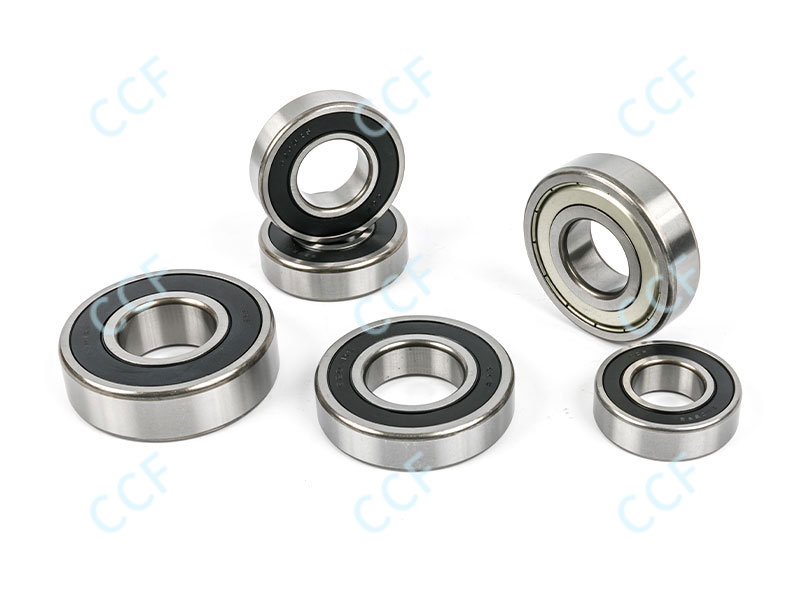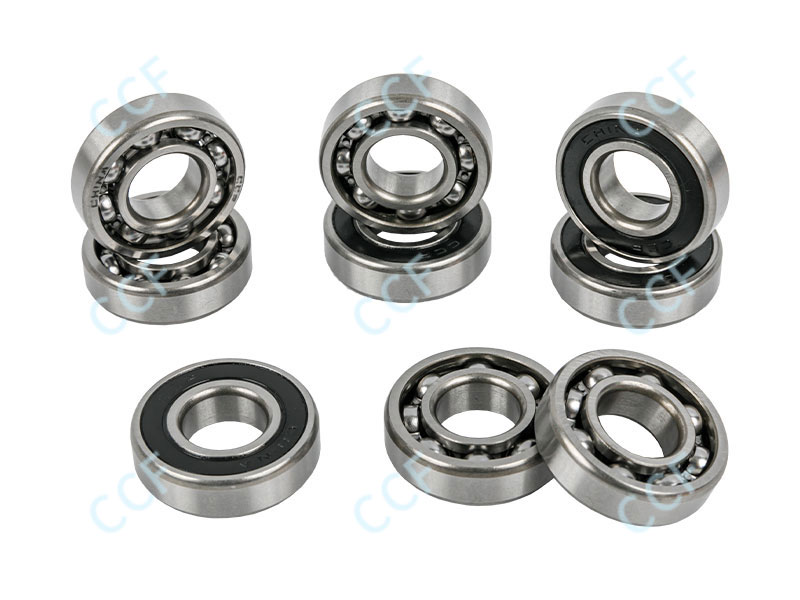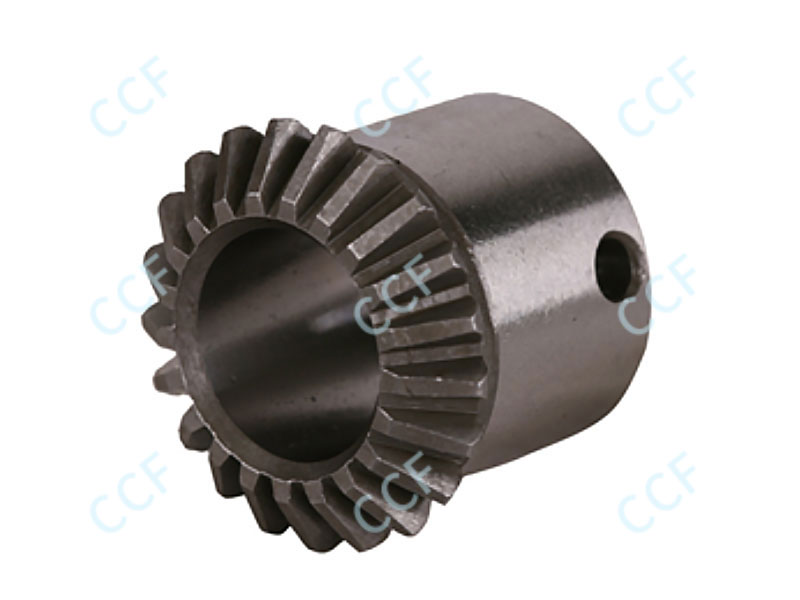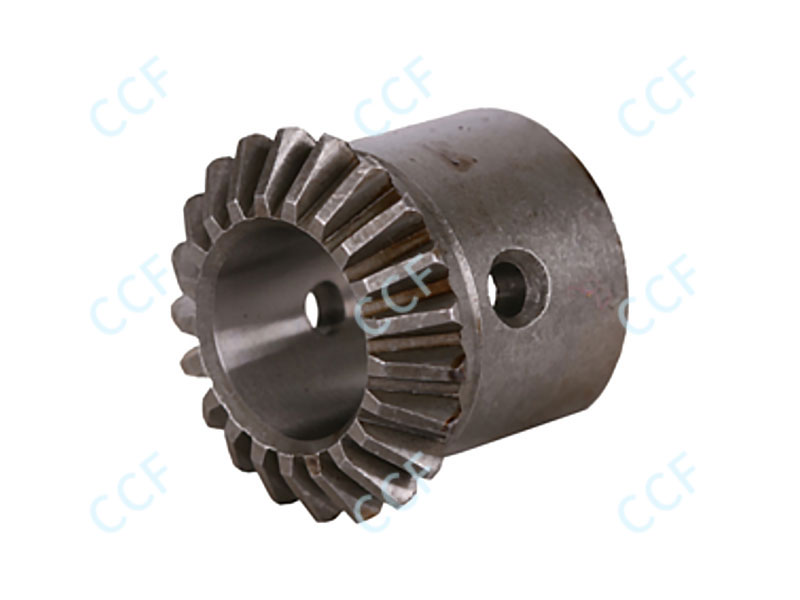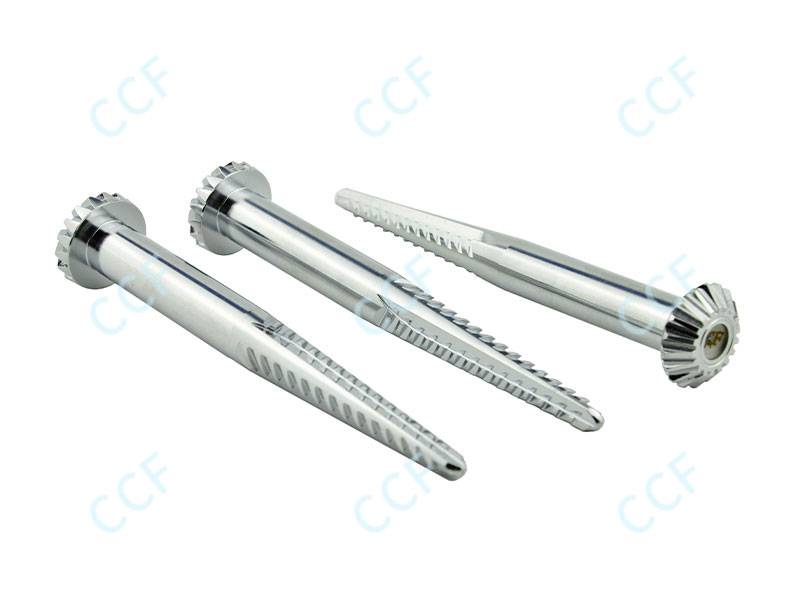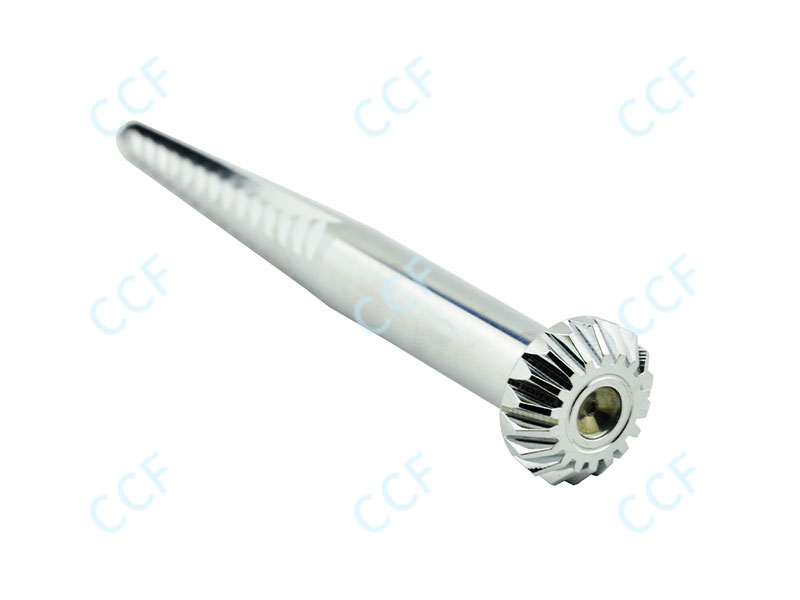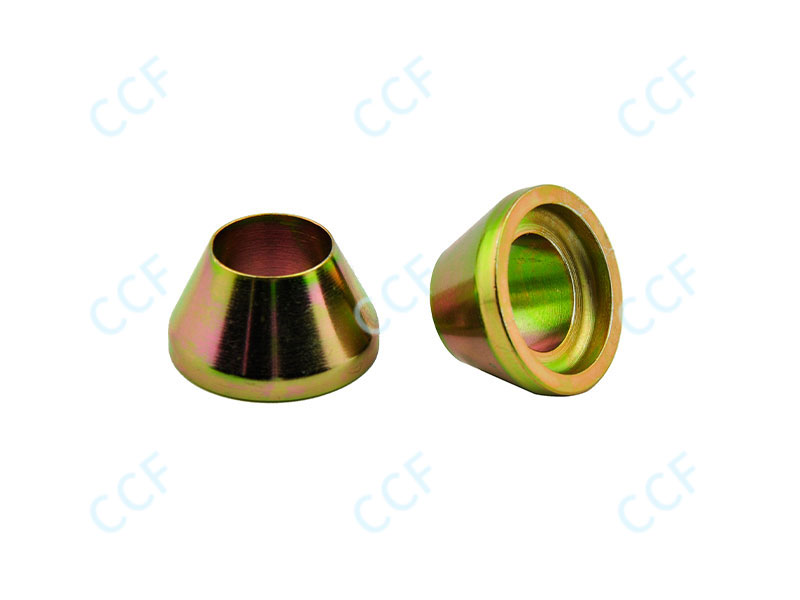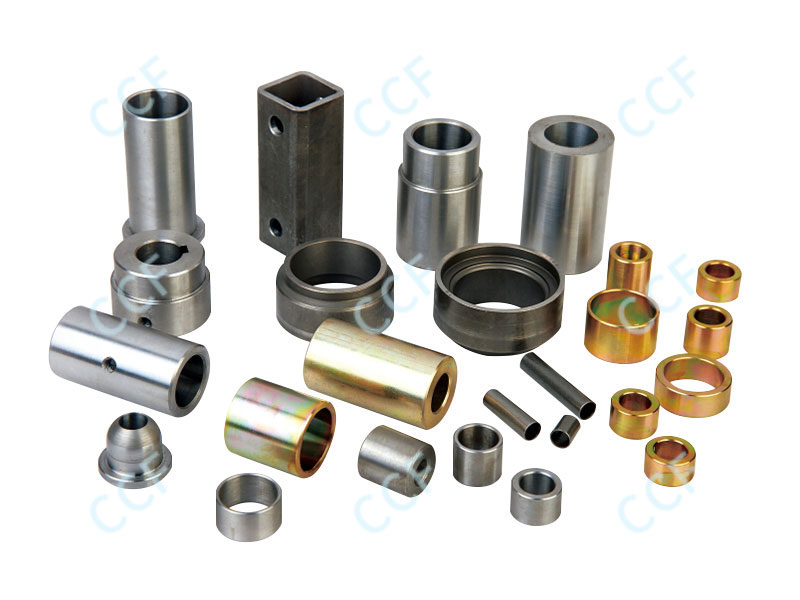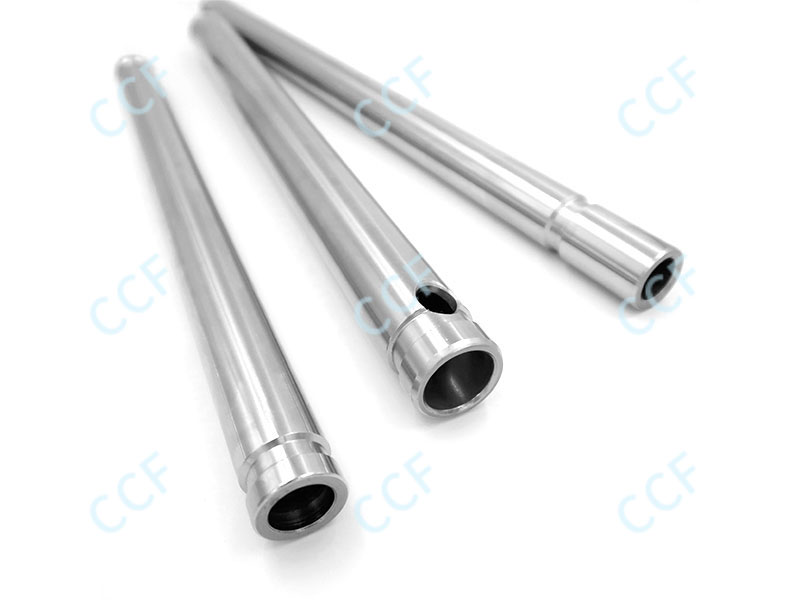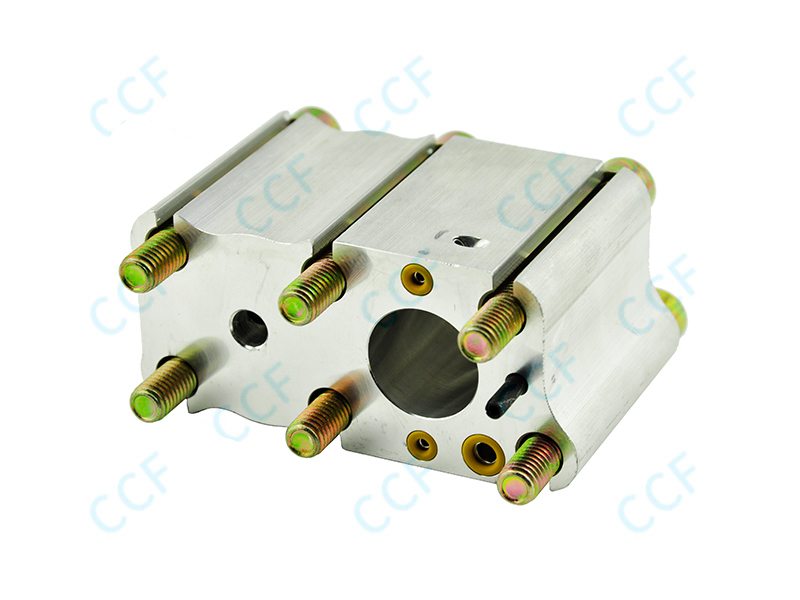Checking by noise
A common way to detect whether a motorcycle bearing is damaged is to judge by noise. When a bearing is damaged, it usually makes abnormal noise. Normal bearing operation should be smooth and noiseless, but if the bearing is cracked, worn or defective, it may make abnormal noise. These noises usually include buzzing, clicking or other uneven sounds, especially more obvious at high speeds. By listening to these abnormal noises, the rider can initially judge whether the bearing needs to be checked.
Checking by vibration
When a motorcycle bearing is damaged, it is often accompanied by vibration. The function of the bearing is to reduce friction and make the rotation of the parts smoother. If the bearing is damaged, such as the rolling element is worn or stuck, it may cause an abnormal vibration feeling when the motorcycle is running. This vibration may be felt in places such as the handlebars, seat or pedals. By sensing these vibrations, the rider can determine whether there is a problem with the bearing.
Checking the surface of the bearing
Checking the surface condition of the bearing is also an effective detection method. You can remove the wheel, rear axle or other parts of the motorcycle and then check the appearance of the bearing. A healthy bearing should have a smooth surface and no cracks or severe wear. If there are visible cracks, deformations or color changes (such as blackening or rust) on the bearing's exterior, this usually indicates that the bearing is damaged and needs to be replaced.
Check by turning
Another simple way to check is to turn the bearing manually. You can lift the motorcycle up, or remove the tire and bearing, and gently turn the bearing without any load connected. If the bearing turns smoothly without unusual noises or jamming, it is in good condition. If there is jamming, unusual noises or abnormally increased friction when turning, this usually means that there is a problem inside the bearing and it may need to be repaired or replaced.
Detect by temperature change
When a bearing starts to wear out, it will generate more heat due to increased friction. You can feel the temperature change by touching the outside of the bearing. If the bearing becomes abnormally hot after running for a period of time, it may be due to internal wear or lack of lubrication. Excessive temperatures usually indicate increased friction in the bearing, causing heat to build up, which may be a sign of damage.
Check by bearing lubrication
The lubrication condition of the motorcycle bearing directly affects its performance. If the lubrication is insufficient or the lubricant deteriorates, the bearing may be prone to damage. Check whether the bearing is lubricated enough, especially after long-term use. You can remove the bearing to check the color and texture of the grease. If the grease has dried up, become brittle, or is dirty, you may need to re-grease or replace the bearing.
Check by load
For some motorcycles that are used under high load, especially racing motorcycles, the bearings may be subjected to greater pressure during the load-bearing process. If the load on the bearing exceeds its design standard, it may deform or wear. By observing the performance of the motorcycle under high load, if there is unstable driving or reduced acceleration performance, it may be that the bearing is damaged. At this time, it is necessary to disassemble and check to confirm whether the bearing's load capacity has been damaged.
Detection by using special tools
For some professional owners or maintenance personnel, special bearing detection tools can be used to evaluate the health of the bearing. For example, using tools such as vibration analyzers, temperature sensors, or bearing testers can more accurately evaluate the operating status of the bearing. These tools can help detect minor anomalies or potential bearing problems and avoid accidents during driving.
Observe the changes in motorcycle performance
The overall performance of the motorcycle may change significantly when the bearing is damaged. For example, the motorcycle may show slow acceleration, inflexible wheel rotation, unstable handling, etc. during driving. These problems may be caused by increased bearing friction, uneven rotation, etc. If these symptoms occur, checking the condition of the bearings may be a necessary step.
Through regular maintenance and inspection
Regular comprehensive maintenance and inspection of motorcycles is an effective way to avoid bearing damage. During each motorcycle maintenance, you can check the condition of the bearings in advance. Replace aging or damaged bearings in time to prevent more serious failures during use. In addition, regular cleaning and grease of bearings are also good ways to extend the service life of bearings.
